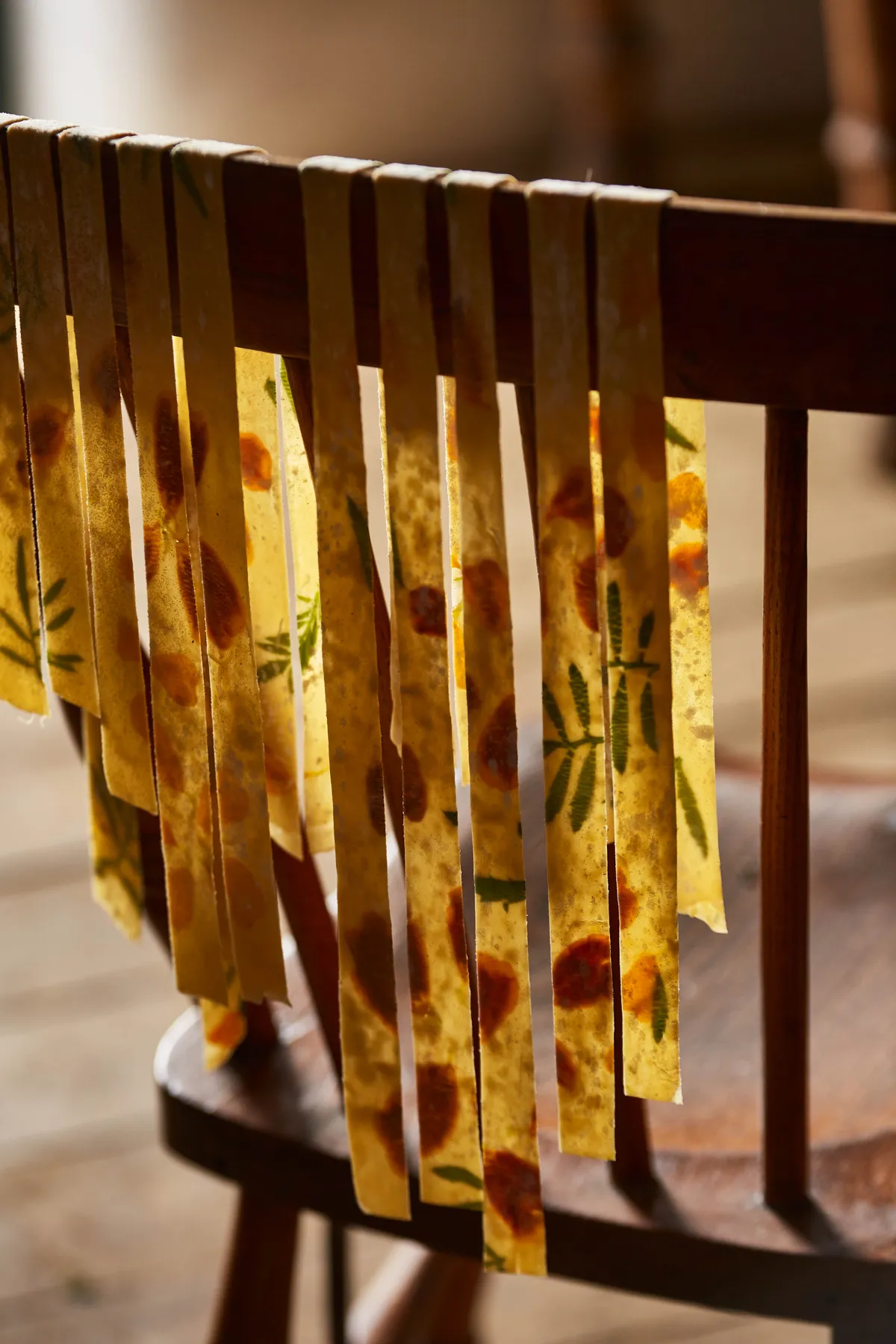We are Jo (an organic gardener and teacher) and Erin (a cook, recipe developer and food stylist) and together we run The Edible Flower, a seven-acre organic small holding in Co. Down. We run supper clubs, cooking and growing workshops, volunteer days and a CSA (community-supported agriculture) scheme called Farm & Feast. Our mission is to grow and cook truly sustainable, delicious food – for the customer, grower, and the planet. To connect ourselves and our community to the soil, the seasons, and our food. And to bring joy and beauty while doing all the above.
I love the scent of French marigolds, but I’m not a big fan of eating the petals raw, because the citrusy flavour is overwhelmed by bitterness. But I have discovered that once they are encased in pasta and cooked, their herbal flavour with its hint of grapefruit shines through and is a delicious match for a sage butter sauce. I recommend using a pasta machine for this recipe. If you don’t have one, ask around – someone may be willing to lend one. You can roll the pasta by hand, but it’s hard work and you do need even pieces to fold on top of each other. All sorts of edible flowers and leaves will work for this recipe, including borage, calendula and nasturtium. Just remember to pick off the petals and use small sprigs of leaves; anything too chunky might tear the pasta.
Roasted beetroot and tomatoes with yoghurt and nasturtium salsa recipe
BUY THE BOOK This is an edited extract from the book The Edible Flower: A Modern Guide to Growing, Cooking and Eating Edible Flowers by Erin Bunting and Jo Facer, which is published by Laurence King, priced £30.





